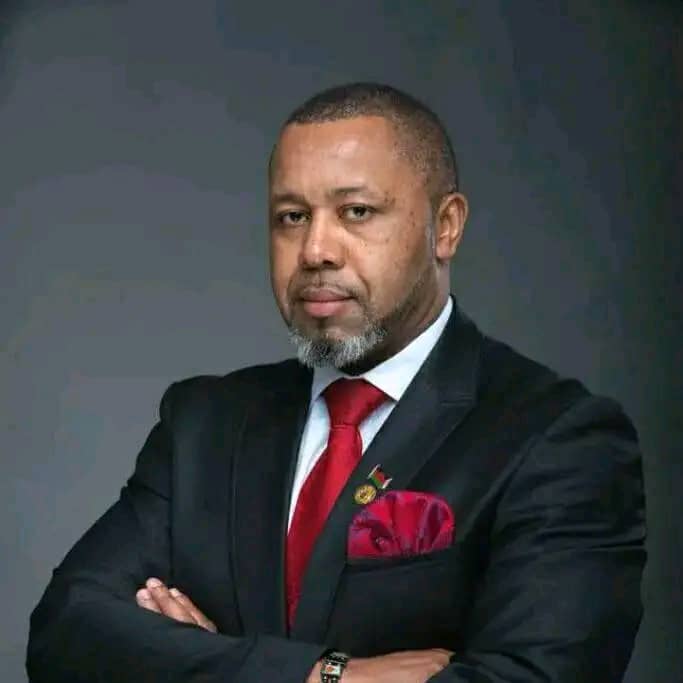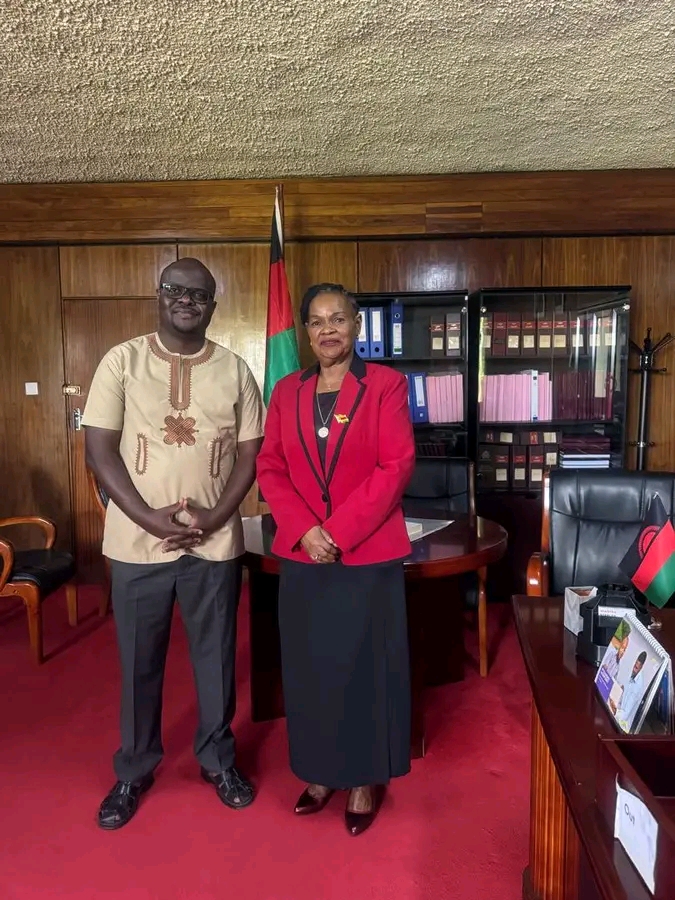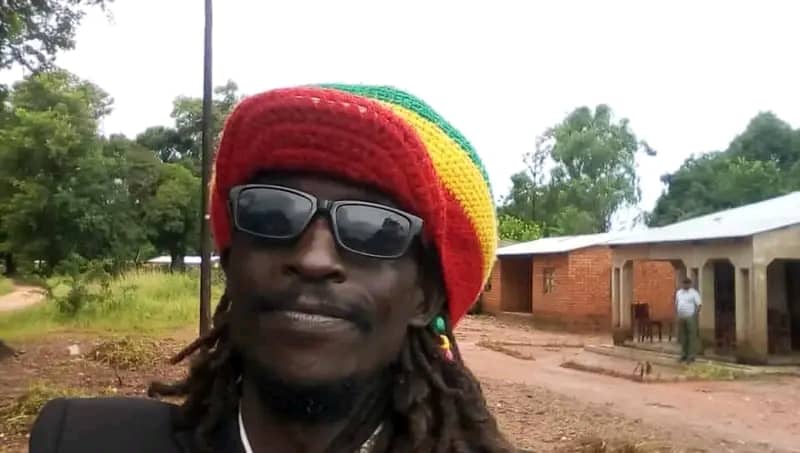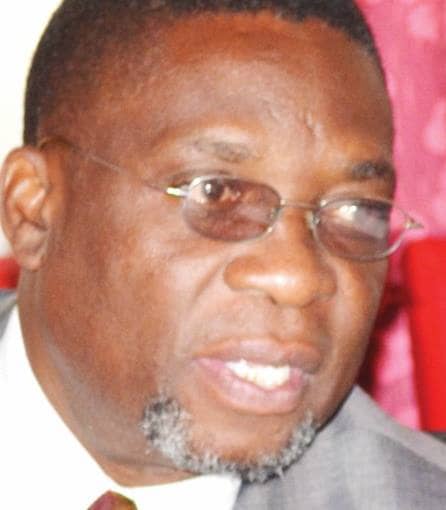By Burnett Munthali
The Commission of Inquiry investigating the tragic plane crash that claimed the life of former Vice President Dr. Saulos Chilima and five others has unveiled important details regarding communications between the late Vice President and his office during the flight. A key piece of evidence presented by the Secretary to the Vice President, Dr. Sikwese, sheds light on the communication exchange between him and Dr. Chilima as the flight was in progress.
According to Dr. Sikwese’s testimony, he communicated with the late Vice President via WhatsApp between 09:30 and 10:07 hours, while the MAF-T03 aircraft was in flight. These communications were part of the regular coordination between the Vice President’s office and Dr. Chilima during his travels. The messages, however, did not indicate any immediate distress or emergencies at that time.
Dr. Sikwese’s testimony became more significant when he revealed that his final message, sent at 11:10 hours, was never delivered. This message was a crucial one, as it urged Dr. Chilima to consider returning to Lilongwe due to indications of severe weather conditions in Mzuzu. Despite the potential threat posed by adverse weather, there was no immediate indication from the crew or the Vice President’s office that the aircraft would encounter significant challenges.
The failure of the last message to be delivered has raised further questions about the timing of events leading up to the crash. While the weather conditions in Mzuzu were a concern, no formal distress signals or emergency alerts were communicated from the aircraft before the crash. The inquiry will continue to investigate whether the weather conditions at the time were as severe as initially indicated and whether they contributed to the tragedy.
The revelations in the Commission’s report have painted a clearer picture of the communication that took place between the Vice President’s office and the crew during the flight. Dr. Sikwese’s evidence is pivotal in understanding the timeline of events, as it underscores the increasing concern over weather conditions before the flight’s tragic end.
As the investigation progresses, the Commission is likely to delve further into the circumstances surrounding the late Vice President’s final communication and how weather factors, along with other possible causes, may have led to the fatal crash. The findings have raised important questions about the reliability of communication systems during such critical moments, and the inquiry is determined to uncover the full extent of what transpired.




